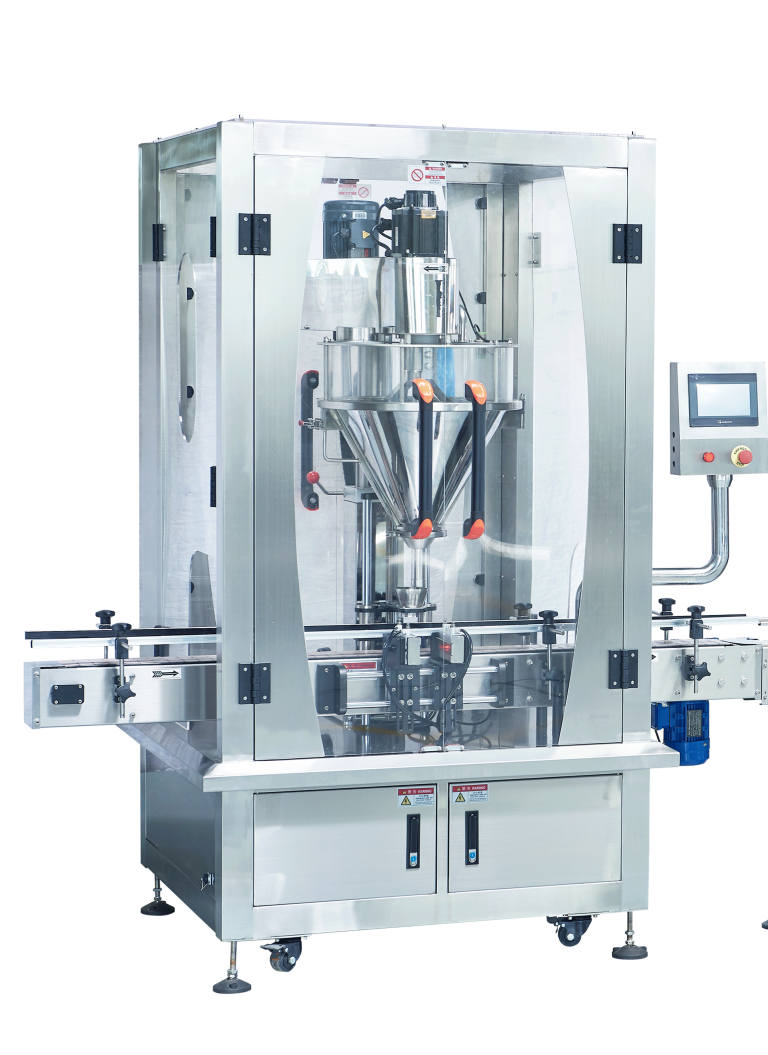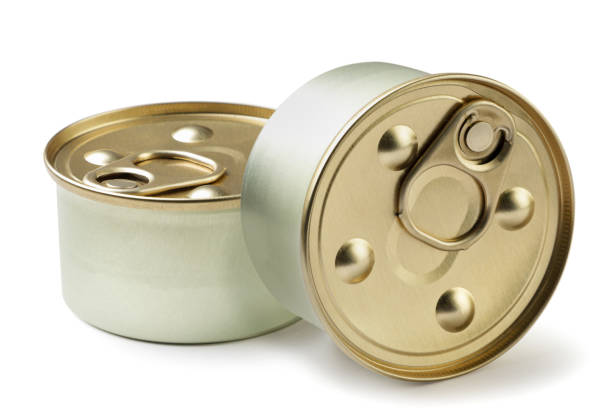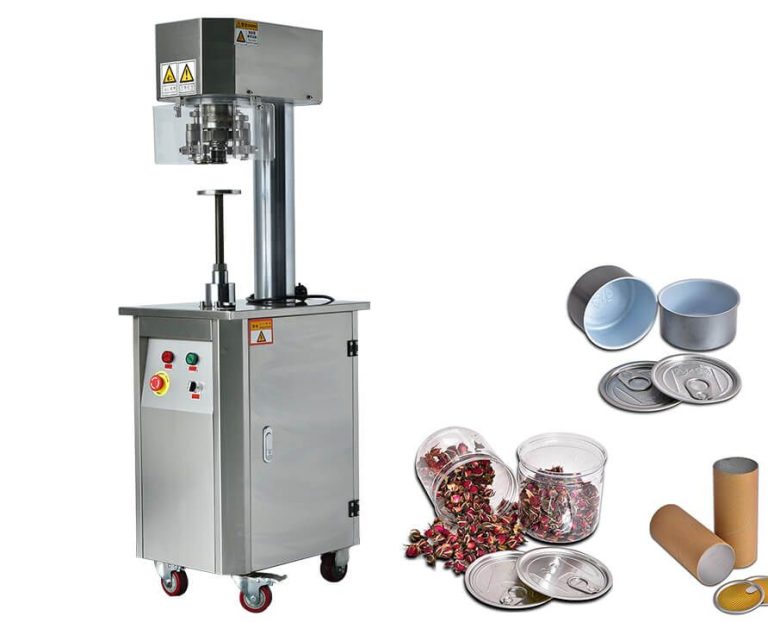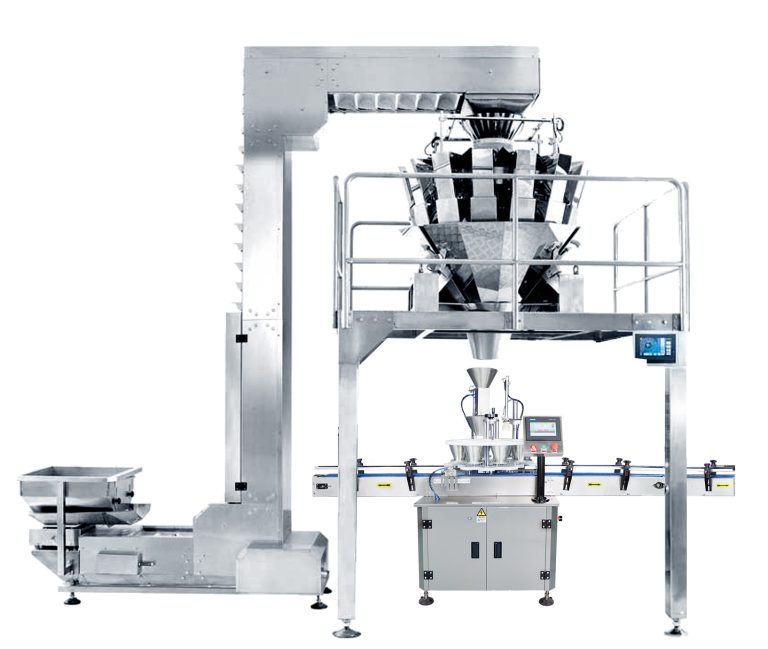Table of Contents
Преимущества использования ручной закаточной машины для запечатывания пластиковых банок
Ручные закаточные машины являются незаменимыми инструментами для запечатывания пластиковых банок в различных отраслях промышленности. Эти устройства обеспечивают экономичный и эффективный способ гарантировать, что продукты надежно запечатаны и защищены от внешних загрязнений. В этой статье мы рассмотрим преимущества использования ручной закаточной машины для запечатывания пластиковых банок.
Одним из основных преимуществ использования ручной закаточной машины является ее простота и удобство в использовании. Эти устройства удобны в использовании и позволяют операторам быстро и легко запечатывать банки без необходимости использования сложного оборудования или специального обучения. Это делает ручные закаточные машины идеальным выбором для малого бизнеса или операций с ограниченными ресурсами.
Помимо простоты использования, ручные закаточные машины также очень универсальны. Эти устройства можно использовать для запечатывания широкого спектра пластиковых банок, что делает их пригодными для различных отраслей промышленности и применений. Независимо от того, запечатываете ли вы пищевые продукты, химикаты или другие товары, ручная закаточная машина всегда обеспечит надежную и постоянную герметизацию.
Еще одним ключевым преимуществом использования ручной закаточной машины является ее долговечность и надежность. Эти устройства созданы для того, чтобы выдерживать суровые условия ежедневного использования, гарантируя, что они будут продолжать эффективно работать с течением времени. Это делает ручные закаточные машины долгосрочным вложением, которое может обеспечить долгие годы надежной службы.
Ручные закаточные машины также обеспечивают высокий уровень точности и контроля. Операторы могут регулировать настройки этих устройств для достижения идеального уплотнения в соответствии со своими конкретными потребностями. Такой уровень индивидуальной настройки гарантирует надежную и постоянную запечатывание продуктов, снижая риск утечек или загрязнения.
Кроме того, ручные закаточные машины являются экономичным решением для запечатывания пластиковых банок. Эти устройства, как правило, более доступны по цене, чем автоматическое запечатывающее оборудование, что делает их экономичным вариантом для предприятий любого размера. Кроме того, ручные закаточные машины требуют минимального обслуживания и ухода, что со временем еще больше снижает эксплуатационные расходы.

В заключение, ручные закаточные машины предлагают широкий спектр преимуществ при запечатывании пластиковых банок. Благодаря простоте использования и универсальности, долговечности и точности эти устройства представляют собой экономичное и эффективное решение для предприятий, стремящихся надежно запечатать свою продукцию. Независимо от того, являетесь ли вы малым или крупным предприятием, ручная закаточная машина поможет вам обеспечить стабильную и надежную герметизацию ваших пластиковых банок.
Пошаговое руководство о том, как правильно запечатывать пластиковые банки с помощью ручной закаточной машины
Ручная закаточная машина — это инструмент, используемый для запечатывания пластиковых банок, гарантируя, что содержимое внутри останется свежим и защищенным от внешних воздействий. Это пошаговое руководство проведет вас через процесс правильной запечатывания пластиковых банок с помощью ручной закаточной машины.
Прежде всего, важно убедиться, что у вас есть пластиковые банки и крышки правильного размера, совместимые с ручной закаточный станок. Использование неправильного размера может привести к неправильной герметизации, что приведет к возможным утечкам и порче содержимого внутри. Как только у вас будут банки и крышки правильного размера, начните с наполнения банок желаемым содержимым. Следите за тем, чтобы не переполнять банки, так как это может затруднить их правильное запечатывание с помощью ручной закаточной машины. Оставьте немного места в верхней части банки, чтобы крышка могла быть надежно закрыта.
Затем поместите крышку поверх наполненной банки, убедившись, что она отцентрирована и выровнена правильно. Крышка должна плотно прилегать к банке, без зазоров и промежутков между крышкой и банкой.
Теперь пришло время использовать ручной закаточный станок, чтобы запечатать пластиковую банку. Поместите банку и крышку на закаточную машину, убедившись, что крышка расположена прямо под закаточной головкой. Нажмите на рычаг закатки, чтобы активировать закаточный станок, который затем прижмет крышку к банке, создавая надежное уплотнение.
При использовании ручного закаточного станка важно применять равномерное давление, чтобы обеспечить надлежащее уплотнение. Избегайте слишком сильного давления, так как это может повредить банку или крышку, что приведет к возможным утечкам. Точно так же приложение слишком малого давления может привести к слабой герметизации, которая не сможет эффективно защитить содержимое внутри.
После того, как банка будет запечатана с помощью ручной закаточной машины, осторожно снимите ее с закаточной машины и проверьте герметичность. Крышка должна быть надежно закреплена на банке, без зазоров и промежутков между крышкой и банкой. Если есть какие-либо признаки слабого уплотнения, такие как зазоры или незакрепленные края, повторно запечатайте банку с помощью ручной закаточной машины.
После запечатывания пластиковой банки храните ее в прохладном, сухом месте, вдали от прямых солнечных лучей и тепла. Правильное хранение поможет сохранить свежесть и качество содержимого внутри банки.
В заключение, использование ручной закаточной машины для запечатывания пластиковых банок — это простой и эффективный способ защитить содержимое внутри от внешних элементов. Следуя этому пошаговому руководству, вы можете быть уверены, что ваши пластиковые банки правильно запечатаны и готовы к хранению. Не забывайте использовать банки и крышки правильного размера, прикладывать равномерное давление при закрытии и хранить банки правильно, чтобы сохранить свежесть содержимого внутри.






